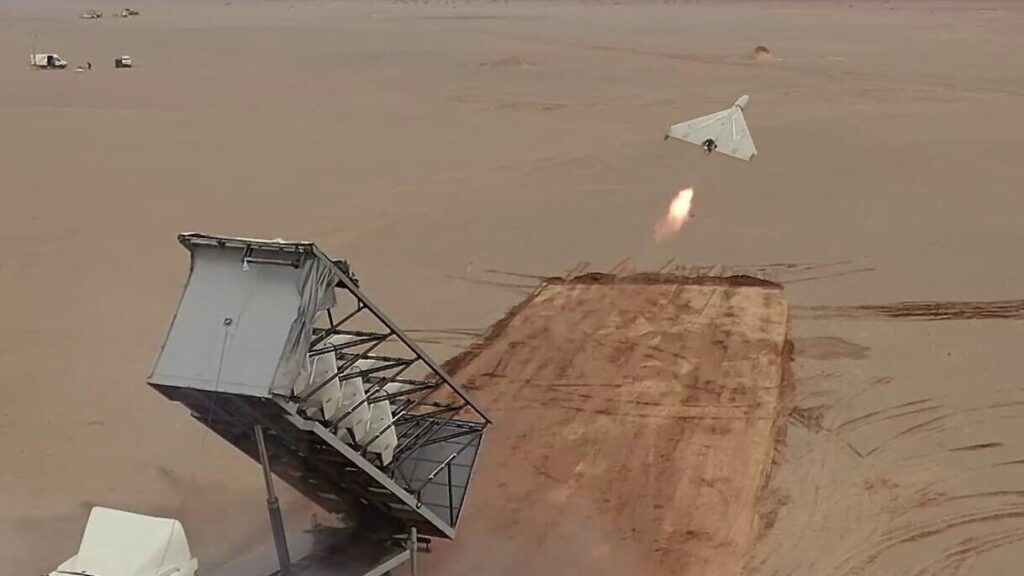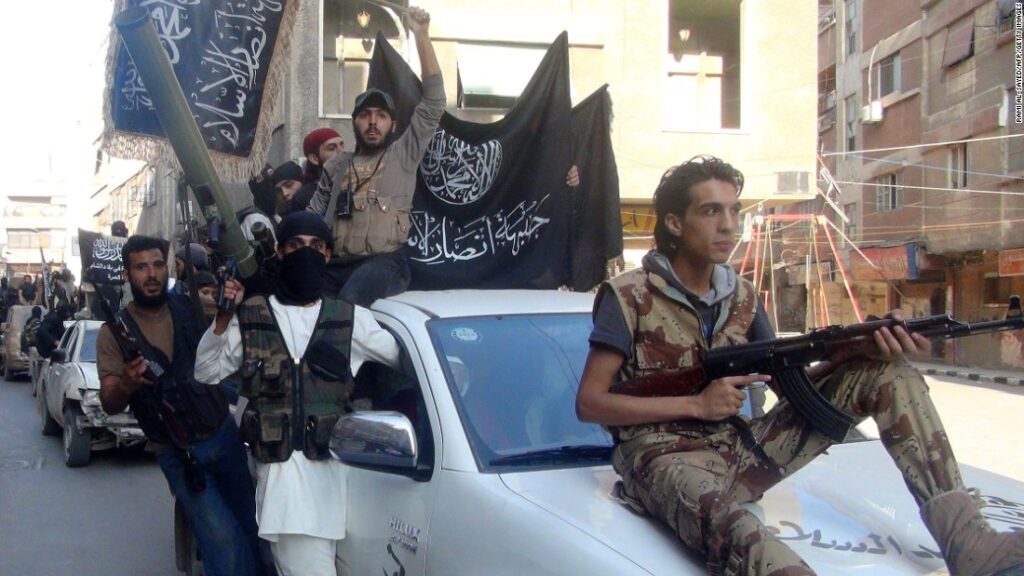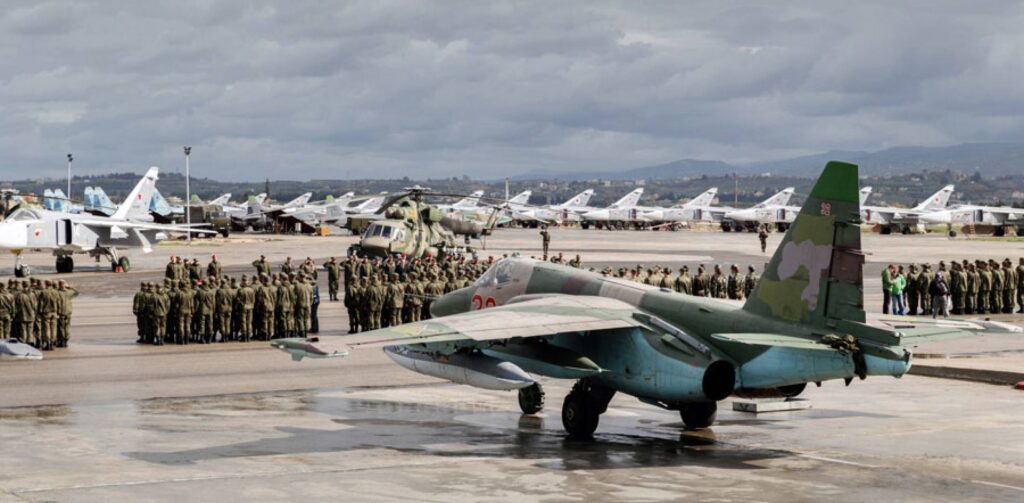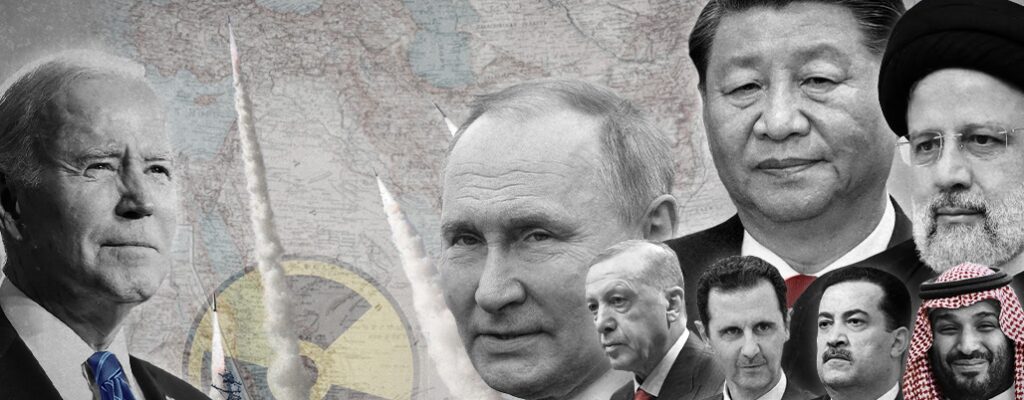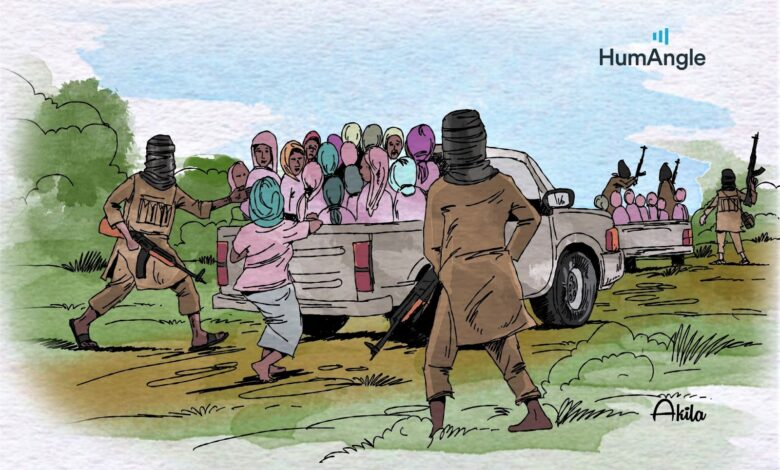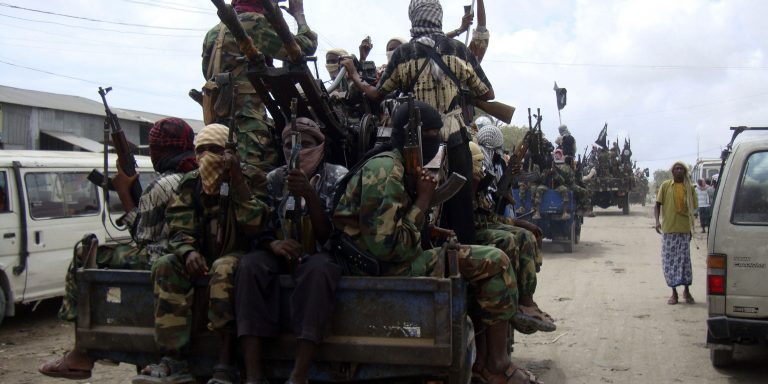WWII & Holocaust Could Never Have Happened Without American Corporations Investing & Joint Venturing with Hitler’s Poor Nazi Germany – Chapter 1

This is the first chapter of a 18 chapter book by J. Jankovsky-Novak alias Jay Janson to be serialised in the next few days in CC
Impossibility of a Prostate Disarmed and Captive Nazi Germany Rearming Itself While Under British and French Armed Enforcement of Prohibitions of Versailles Treaty Law




